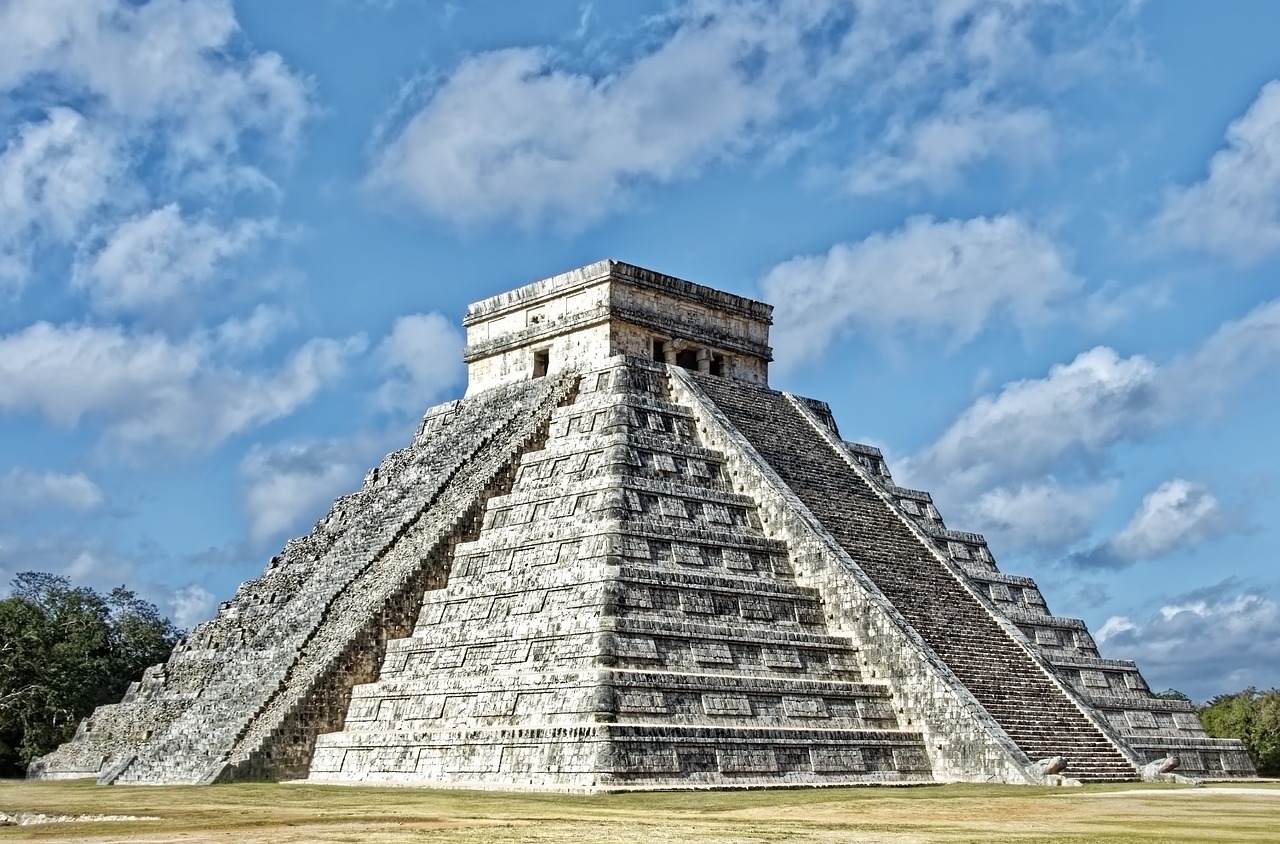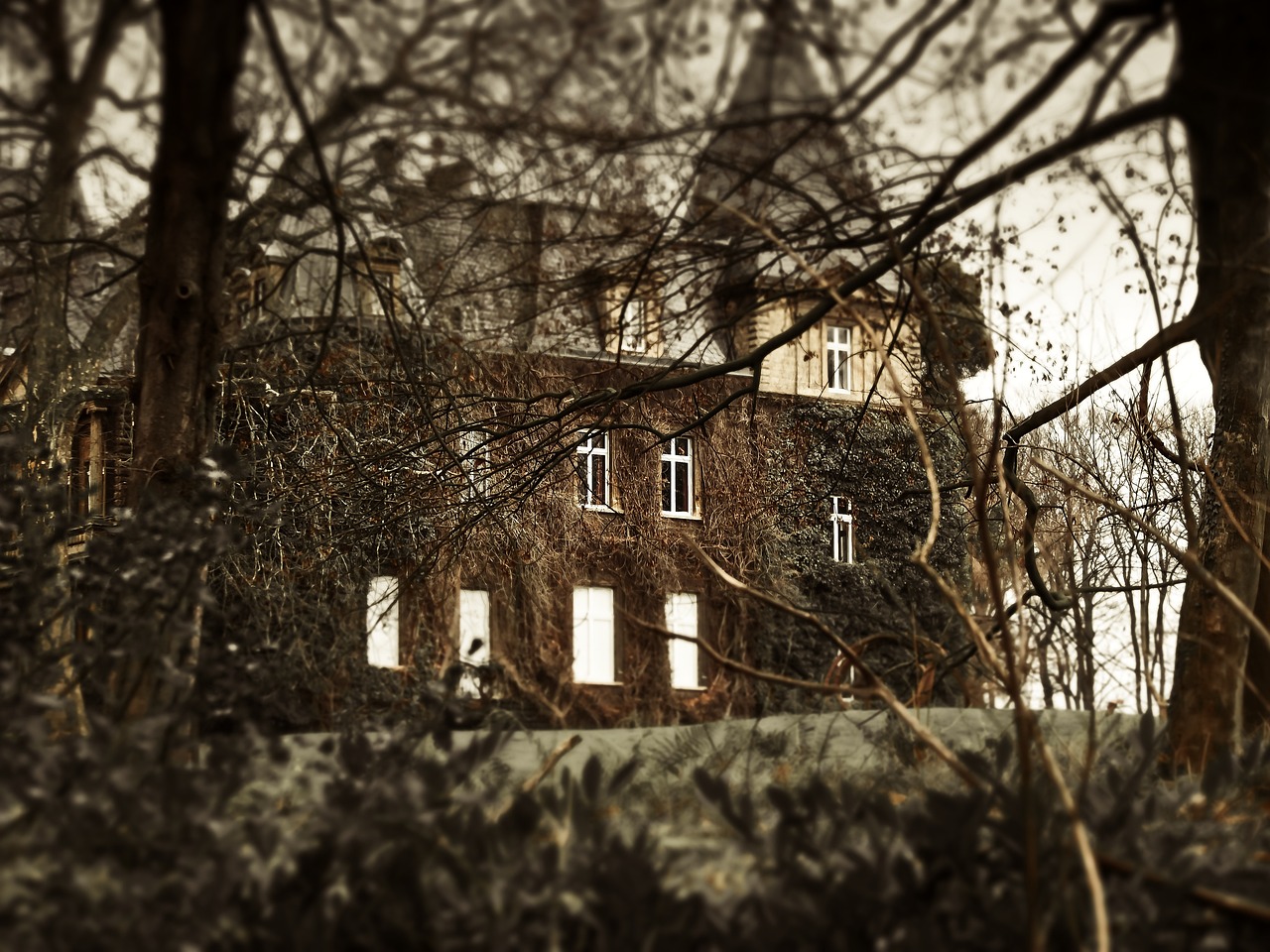The Maya civilization emerged circa 2000 BCE, and for centuries they ruled over an extensive territory in Central America. This Mesoamerican civilization was incredibly developed for the time, and had unique customs. Unfortunately, most Mayan books were destroyed, but some artifacts and monuments still survive to this day.
In this gallery, we travel back in time to pre-Columbian America and bring you a glimpse of what life was like for the Mayans. Click on and discover why the Maya civilization is so fascinating.
Where did the Mayans live?
The Maya civilization inhabited most of the Yucatán Peninsula, including modern-day Mexico, Guatemala, Belize, El Salvador, and Honduras. The civilization’s history can be divided into three periods: pre-classic (2000 BCE-250 CE), classic (250-900 CE) and post-classic (950-1539 CE). The classic era, also known as the Golden Period of Mayan history, was when the civilization thrived the most. The Maya empire grew to 40 cities during this time.
Population growth
It estimated that each Mayan city had about 5,000 to 50,000 inhabitants. The total Mayan population reached about two million during the classic era.
They built a pyramid larger than Egypt’s Great Pyramid
La Danta is actually larger than the pyramids of Egypt, including Giza, making it one of (if not the) largest pyramids in the world.
They mastered astronomy
The Mayans were accomplished readers of the skies. They managed to track the lunar month and solar year, as well as the synodic period (aka cycle of Venus), with great precision.
Their monuments were built to reflect astronomical events
Many Mayan monuments are connected to astronomical events. It’s possible to see different patterns of light on pyramids, which are connected to times of the year (which was vital information for harvesting).
Numerological symbolism
There is also lots of numerical symbolism. On the Chichén Itzá pyramid, for instance, each of the four sides have 91 steps for the 91 days of the four seasons. These make for a total of 364, which with the top platform (which counts as one step) adds up to 365 steps—the number of days in a year.
Head binding
Having a long head was considered attractive and a sign of status in Mayan culture, so head binding, also known as artificial cranial deformation, or head flattening, was a thing. The Mayans would shape their children’s skulls so they’d look elongated. The exact reason why has been the subject of speculation. It may have been to emulate the shape of corn, similar to the head of the maize god, or perhaps to emulate a jaguar’s skull.
Crossed-eyes were a symbol of nobility
The Mayans sought to make the children of the elite cross-eyed. A popular method was to hang a piece of thread in between babies’ eyes with an attachment, so the babies would focus on the object. Being crossed-eye was considered attractive for Mayans. Kinich Ahau, the Mayan sun god, was depicted cross-eyed.
Cacao was at the center of everything
Cacao, from beans to leaves, was really important in Maya culture. It was used as food, for religious purposes, and as medicine. Chocolate was even used as a currency.



